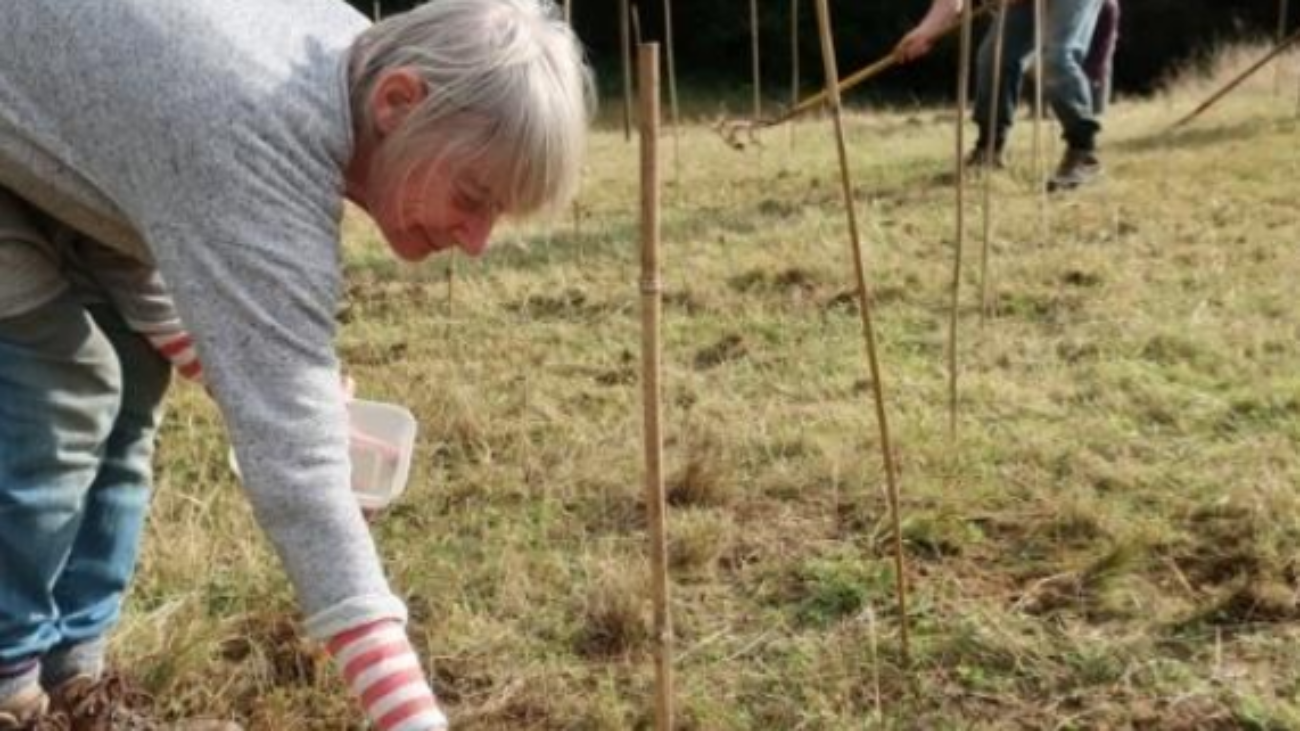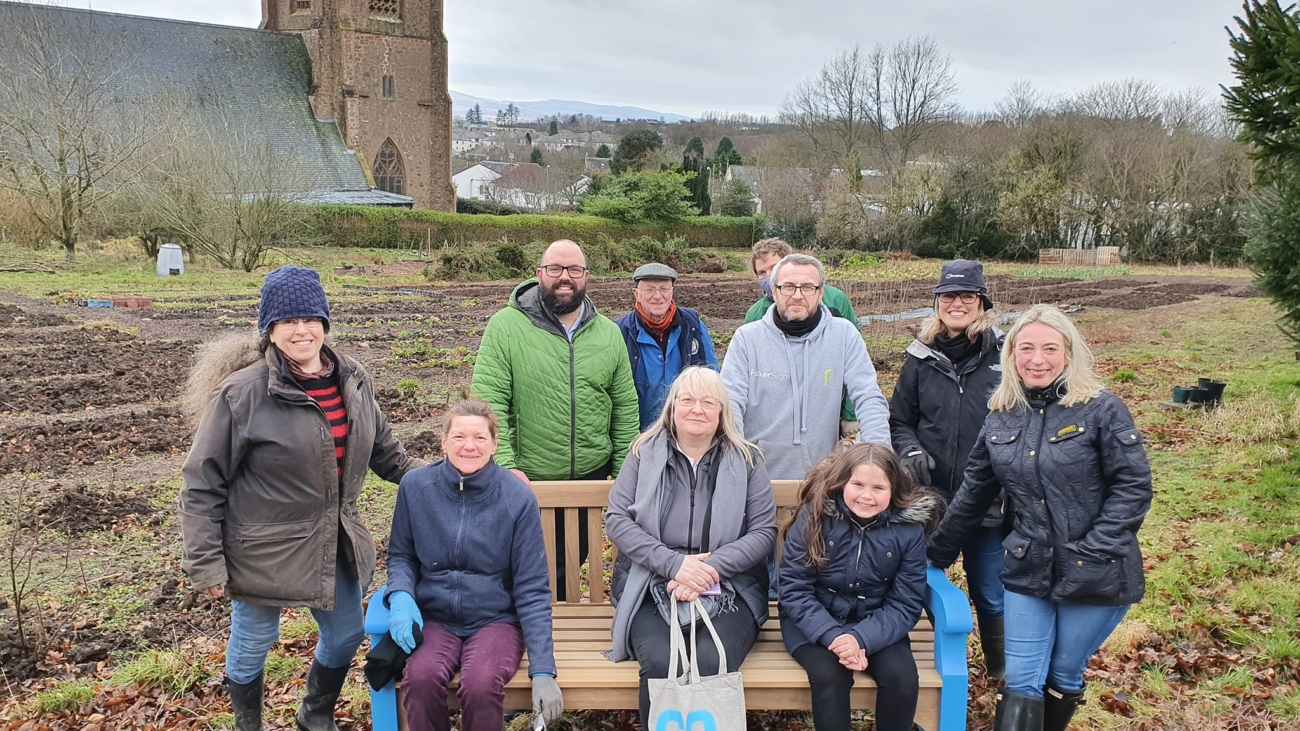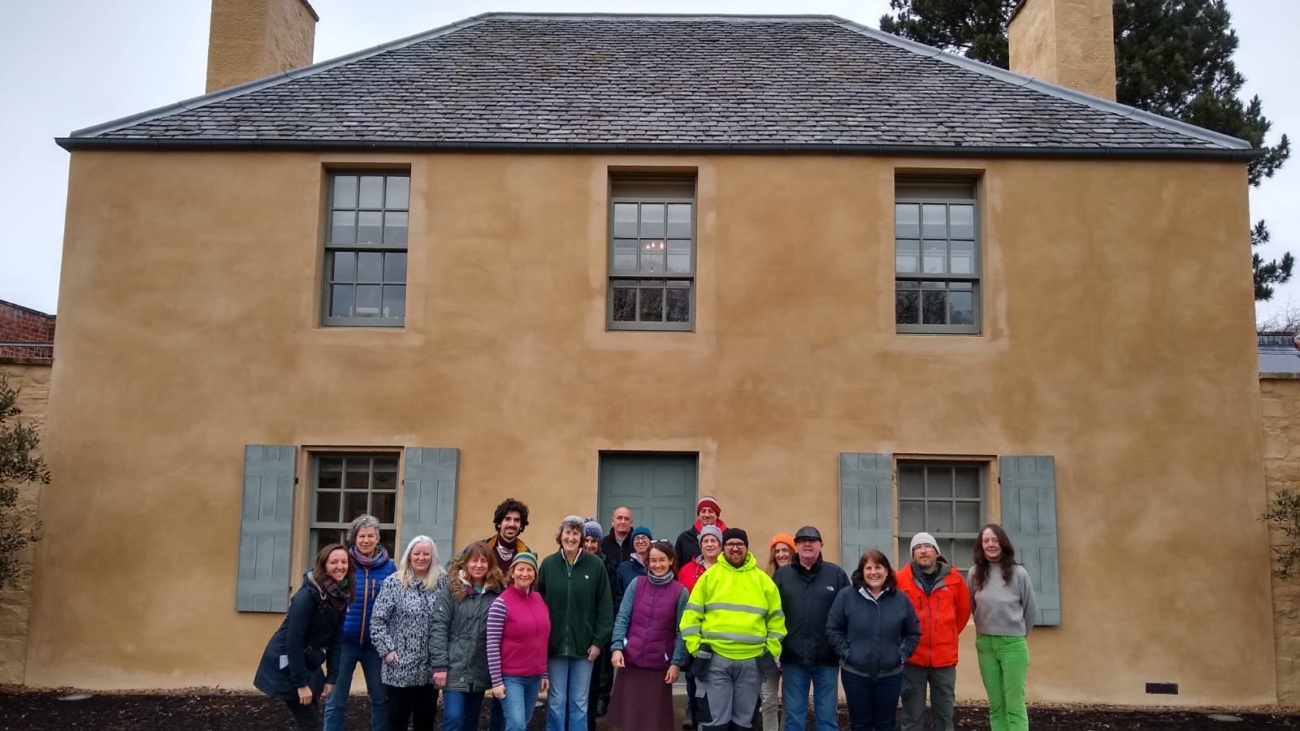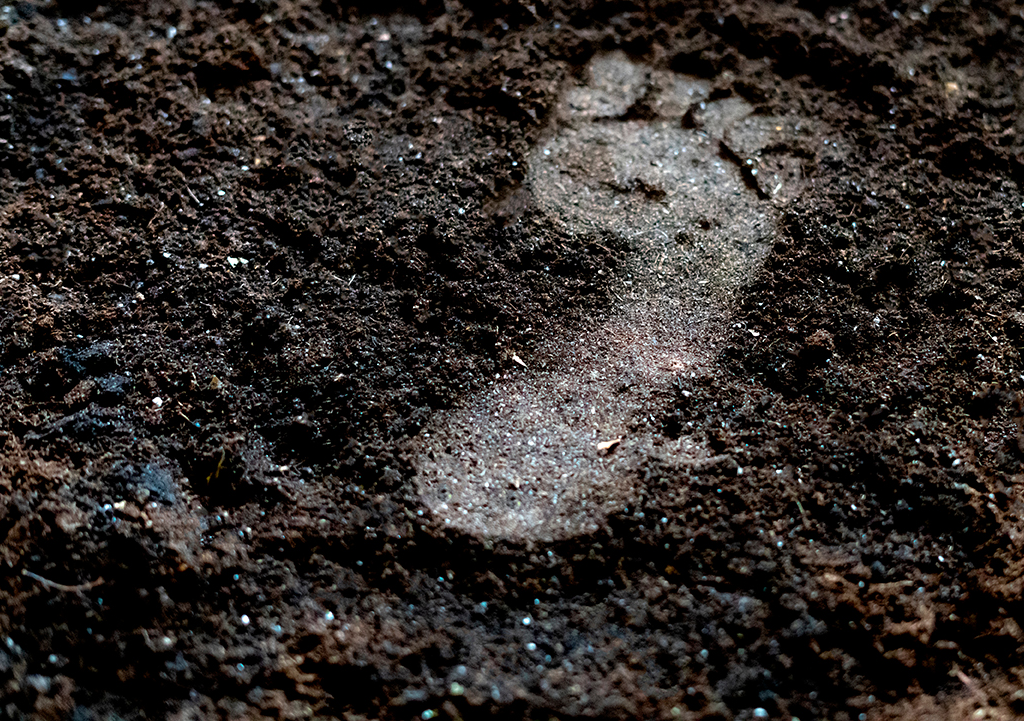The story so far: Forres Friends of Woods and Fields (FFWF) manages 8-acres of woodland as well as a field with a Community Garden (including space for a dedicated children’s garden) and another field in which they intend to plant an orchard, with woodland maintenance and growing activities underway. However, to allow wider community uses such as events, children’s activities, and therapeutic gardening, planning permission is currently being sought for a change of use of part of the land from agricultural to community use, along with the erection of a polytunnel, potting shed, tool store, and compost toilet on this land at the same time. In addition, there is a need to erect deer fencing, but it has been established that this can be done under permitted development rights, so it is not necessary to apply for planning permission for the fencing.
Whose land? The land is currently owned by two of FFWF’s trustees but is in the process of being transferred to the Biodynamic Land Trust, which will then own it in perpetuity.
Land agreement? Once the land has been transferred to the Biodynamic Land Trust, the intention is for FFWF to be granted a long-term lease of this from them. The bigger challenge faced by FFWF in establishing their project has though been the need for planning permission, with the group initially having been advised by the local planning authority that they needed planning permission for a change of use of all the land required for this, the application fee for which would have been prohibitively expensive. However, following further discussion with the planning authority, it was established that there is no need for planning permission for those parts of the project which purely involve planting, growing and harvesting produce, including the orchard. Rather, planning permission is only needed for the land on which wider community uses would be carried out and the structures to be erected on this. This then reduced the fee significantly, in addition to which it was possible to reduce this further by having the planning application submitted by the Community Council on FFWF’s behalf (the fee payable by a Community Council being half the standard fee), and FFWF have now been granted planning permission.
Advice to others looking to secure land? To be aware of what does and doesn’t need planning permission and where planning permission is needed, explore the potential for an application to be made by the Community Council rather than by the group directly.
More information is available on FFWF’s website.











